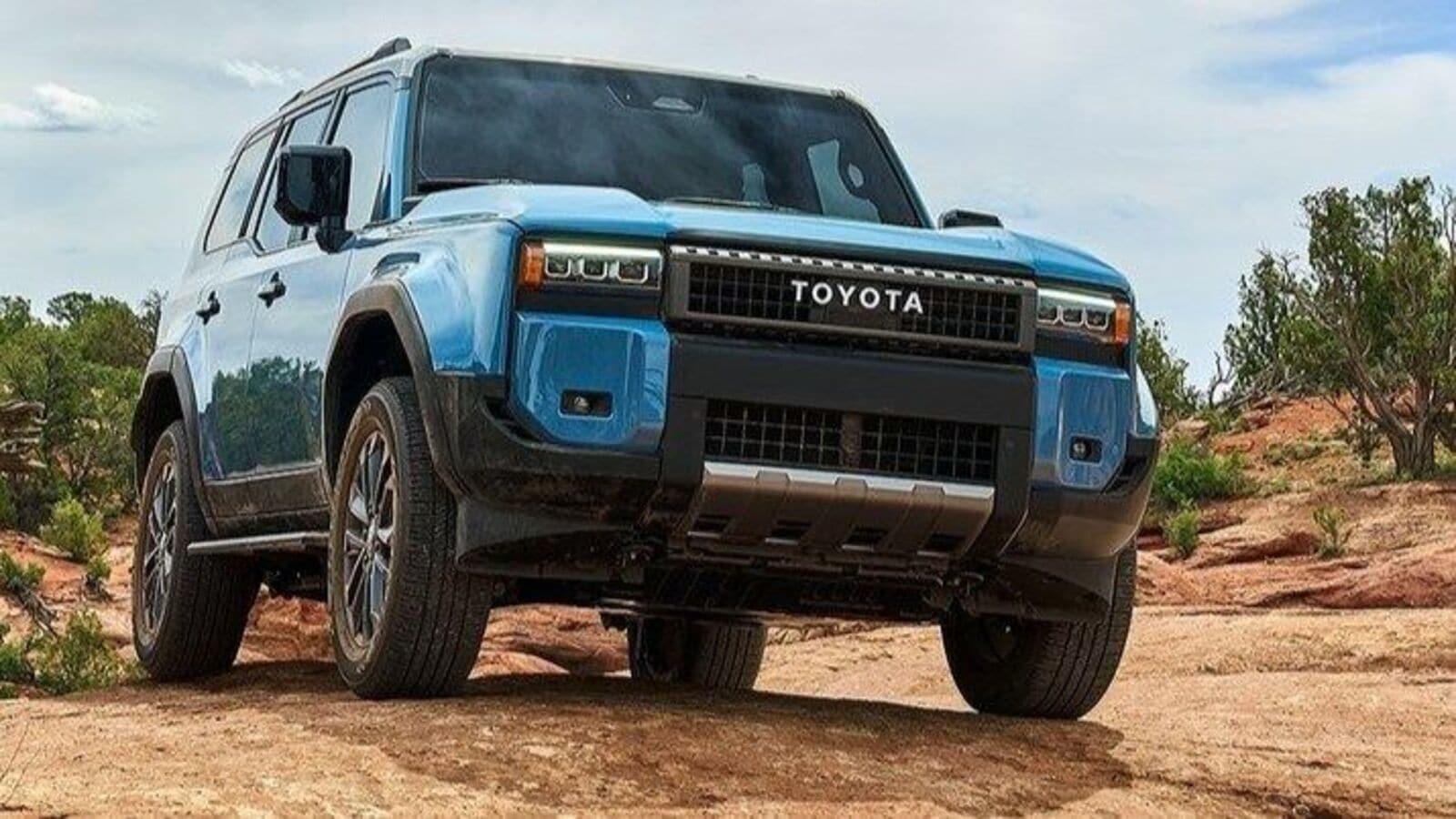New Delhi. The month of October 2024 proved to be very special for the Indian automobile sector. Major automobile manufacturers recorded record breaking sales figures this month due to festivals. Let us know which company recorded how much sales and who was ahead of whom.
Maruti Suzuki India recorded its highest ever monthly sales in October 2024. The company sold a total of 2,06,434 units, which included 1,63,130 units in the domestic market, 10,136 units to other OEMs, and 33,168 units in exports.
How were the sales of Hyundai, Mahindra and Tata Motors?
Hyundai Motor India sold a total of 70,078 units in October, which is its third best performance. This includes 55,568 units in the domestic market and 14,510 units exported, which is 2 percent more than October last year. Specifically, the company's exports recorded an increase of 6.7 percent.
Mahindra & Mahindra also recorded its highest ever sales in the SUV segment in October 2024. The company sold 54,504 units in the domestic market, which shows a growth of 25 percent year on year. Mahindra's total vehicle sales reached 96,648 units, which also includes exports. The company achieved growth of 20 percent on an annual basis.
Unlike other companies, Tata Motors faced a mild decline in October. The company's sales in the domestic passenger vehicle segment stood at 48,131 units, which is 0.42 percent less as compared to the same month last year.
Kia and Toyota also registered growth
Kia India sold 28,545 units in October 2024, which is 30 percent more than last year. The recently launched Carnival Limousine Plus model caught the attention of customers, and 54 customers purchased it on the occasion of Diwali. There was also good demand for Kia's exports and 2,042 units were sent abroad.
Toyota Kirloskar Motor sold total sales of 30,845 units in October, which is 41 percent more than last year. 28,138 units were sold in the domestic market and 2,707 units were exported. Encouraging growth was seen in the sales of all the models of the company.
MG Motor India's contribution to NEV segment
JSW MG Motor India sold 7,045 units in October 2024, of which New Energy Vehicles (NEVs) contributed more than 70 percent. The recently launched electric crossover Windsor performed brilliantly and sold 3,116 units in the first month.
23% decline in Honda Cars India sales
On the other hand, Honda Cars India faced a decline in sales this month. The company's total sales were 10,080 units, which is 23 percent less as compared to October last year. 5,546 units were sold in the domestic market, which is a decline of 41 percent. However, exports improved and 4,534 units were exported, which is 23.1 percent more than October last year.
Tags: auto news, auto sales
FIRST PUBLISHED: November 3, 2024, 17:55 IST


